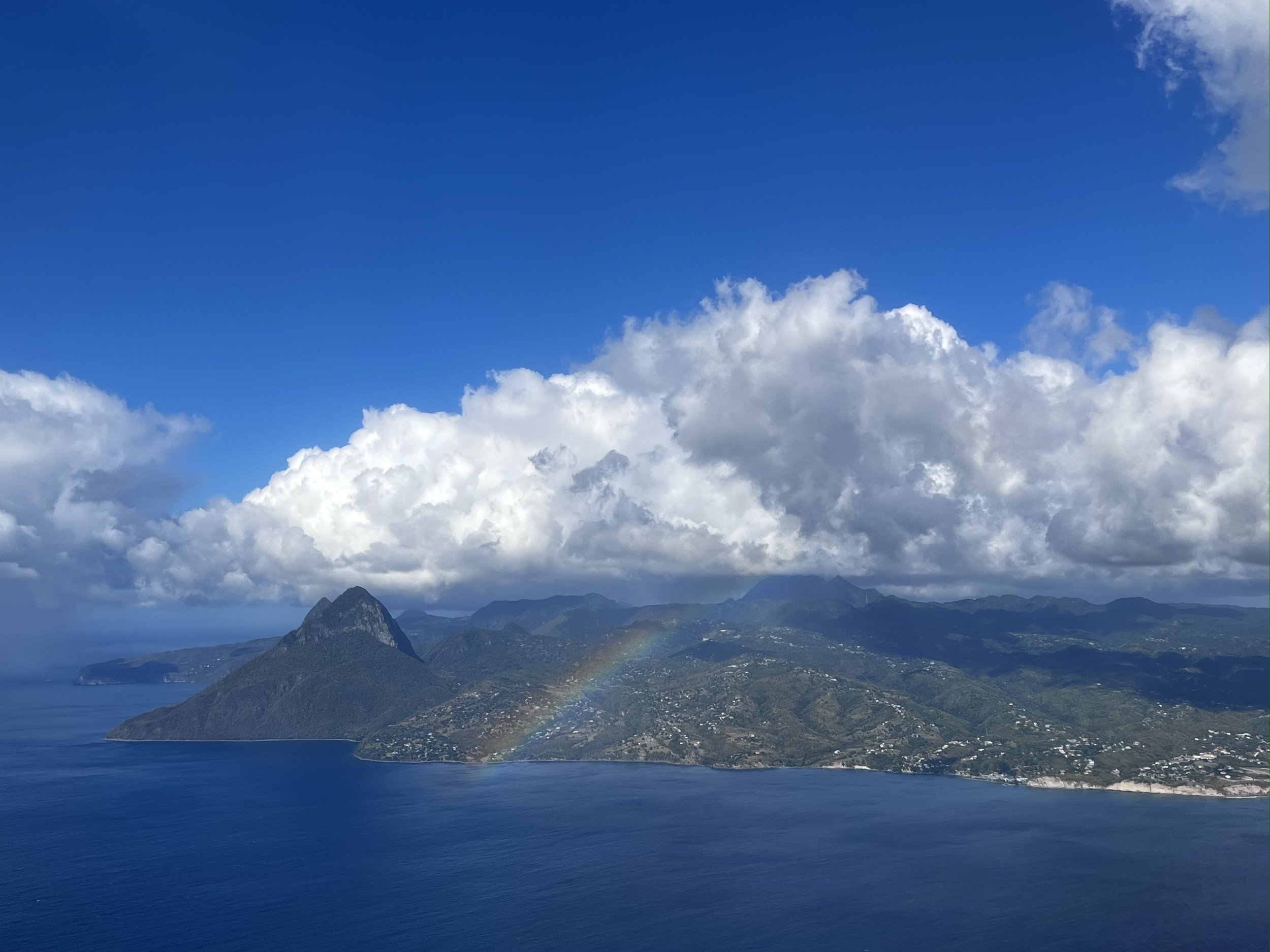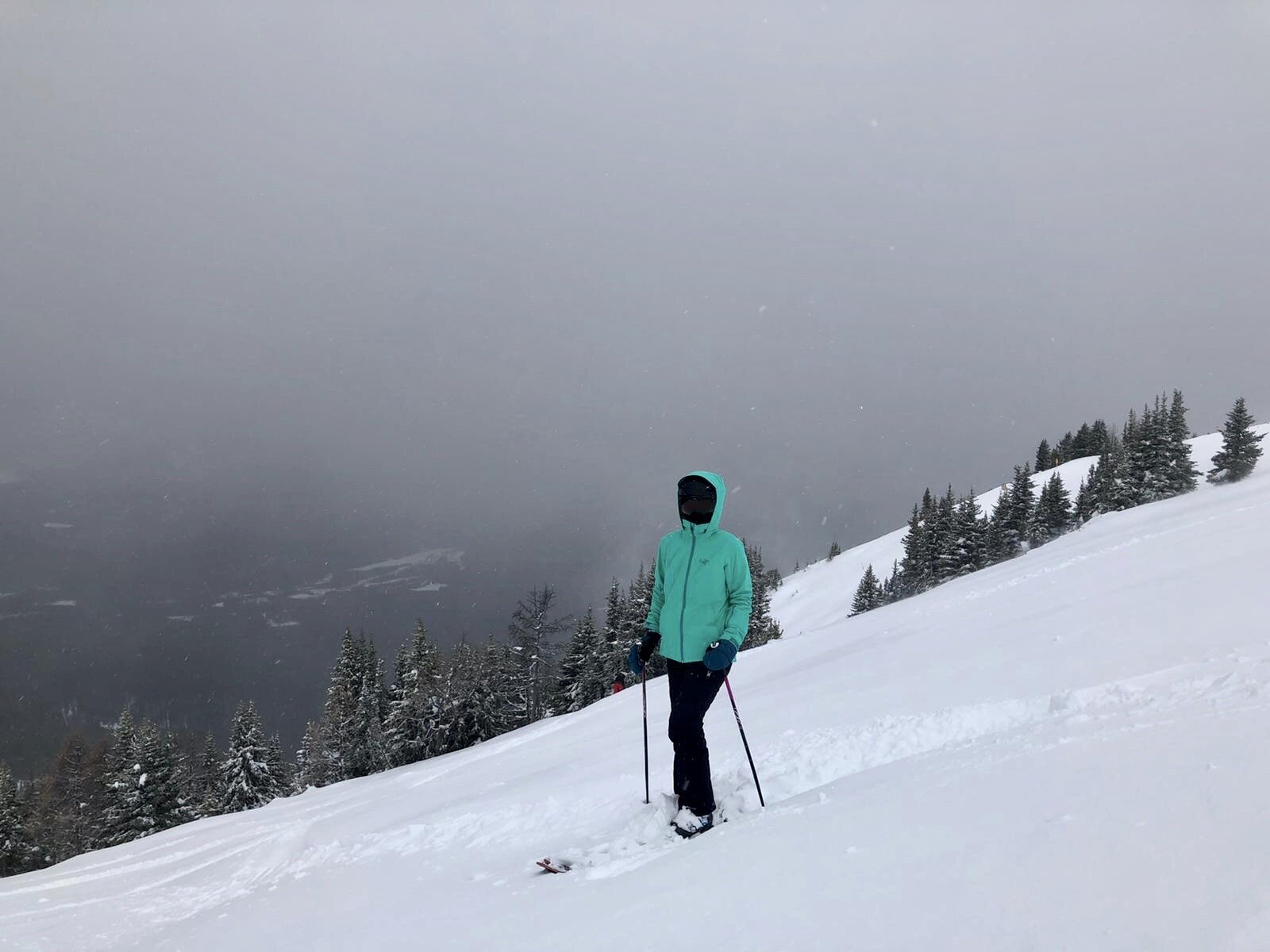On my latest visit to Japan, after a few indulgent days in Tokyo feasting on omakase sushi, flavourful bowls of ramen, and uni (sea urchin) in every possible form, we hopped on a nearly three-hour flight south to Miyakojima. Miyakojima, or Miyako island, is part of Japan’s southernmost prefecture of Okinawa, comprising 160 islands (of which just 49 are inhabited). Four more islands—Kurima, Irabu, Shimoji, and Ikema—are connected to Miyako via bridges, making exploration of the archipelago refreshingly easy.
There’s an undeniable allure to remote islands—their unique customs and traditions, the stories of those who call them home, and the resourceful ways in which people weave the island’s natural bounty into the fabric of daily life. Miyakojima is all that, and more. Over four days exploring the island group, we sampled local delicacies ranging from sea grapes to coconut crab, met artisans who embody deep pride and excellence in their craft, and stumbled upon white sand beaches so pristine and empty they felt like secrets.
One of Miyakojima’s many beautiful beaches
Scuba diving off the north shore of Irabu island, Japan
Underwater, the islands are just as breathtaking. While scuba diving with Penguin Divers, we found ourselves face-to-face with sea turtles drifting gracefully, moray eels peering from crevices, an octopus unfurling in the shadows, and flashes of boxfish, mantis shrimp, and tuna weaving through coral arches. Many sites are also snorkelling-friendly.
One of our favourite meals was lunch at Rainbow Fish, a restaurant literally built from the ground up by the chef. Each dish is cooked to order from an Italian-inspired menu with a Japanese twist. I ordered the homemade spaghetti with mentaiko cream sauce, topped with shredded nori—easily as good as anything I’d eaten in Italy a month prior. It was so good, in fact, that I ordered it again. Afterwards, we chatted with the chef about his journey to the island, and he turned out to be as humble as he is talented.
The vibrant octopus at Tako Park, Kurima island, Japan
Afterwards, we strolled to Tako Park, where a giant red octopus statue offers welcome shade and sea breezes on hot days. From there, we made our way to another animal-shaped structure, the Makiyama Observatory. The massive concrete structure, said to resemble a bird, commands sweeping views of the surrounding area, including the iconic Irabuohashi Bridge, its waves undulating over the surrounding shades of turquoise sea. A short drive away, Toguchinohama beach unfurled in a long crescent of white sand, dotted with just a handful of visitors on a national holiday weekend in August.
Toguchinohama beach, Irabu island, Japan
Even more spectacular was Sunayama beach, a short walk downhill from the car park. Its signature rock arch is now covered with netting for safety, but its true allure lies in the dazzling array of aquas and blues stretching to the horizon. We spent the afternoon wading through crystal clear shallows leading to sand banks and secluded coves. The best part? We had it all to ourselves.
The entrance to Sunayama beach, Miyakojima, Japan
Sunayama beach, Miyakojima, Japan
That evening, we splurged on dinner at the newly opened Rosewood hotel, where the menu showcases local ingredients in simple preparations. Looking over the ocean as the setting sun colored the landscape in hues of deep indigo, we reflected on how lucky we are to be able to experience such an incredible place.
Uni-no-hama sandbar, Miyakojima
The following morning, we set out with Jet Cruise to Uni-no-hama, a sandbar that emerges only at low tide just south of the Irabuohashi bridge. Surrounded by endless shallows and only a scattering of visitors, it felt like a fleeting mirage. Afterwards, we cooled off with some of the best mint chocolate chip ice cream I’ve ever had (made with locally grown mint) at Miyakojima Fruit Parlor, picked up sea grapes and salt at Island Station market, and headed to the airport, buzzing with the thrill of discovery. Miyakojima may be far-flung, but that is precisely its charm. Here, nature, tradition, and hospitality come together to create the kind of place that stays with you long after you leave.
Frolicking at Uni-no-hama sandbar, Miyakojima
Where to eat & drink
Rainbow Fish, Kurima island
Rosewood hotel, Miyakojima (multiple restaurants; reservations required)
Miyakojima Fruit Parlor, Miyakojima (ice cream made with local ingredients)
Bar Think, Miyakojima (amazing cocktails served by a very friendly 70-something-year-old bartender)
Island Station, Miyakojima (for groceries and items to bring home)
Goya Izakaya, Miyakojima (for local specialties, including noodles or rice with pork, tofu, and sashimi). It’s on Nishizatoo street, which is lined with many restaurants and late night spots.
Where to stay
Miyakojima Tokyu, Miyakojima (Note: while the setting by Yonaha beach is beautiful, and the included breakfast buffet was varied and filling, the thin walls meant we heard our neighbours’ every move)









































